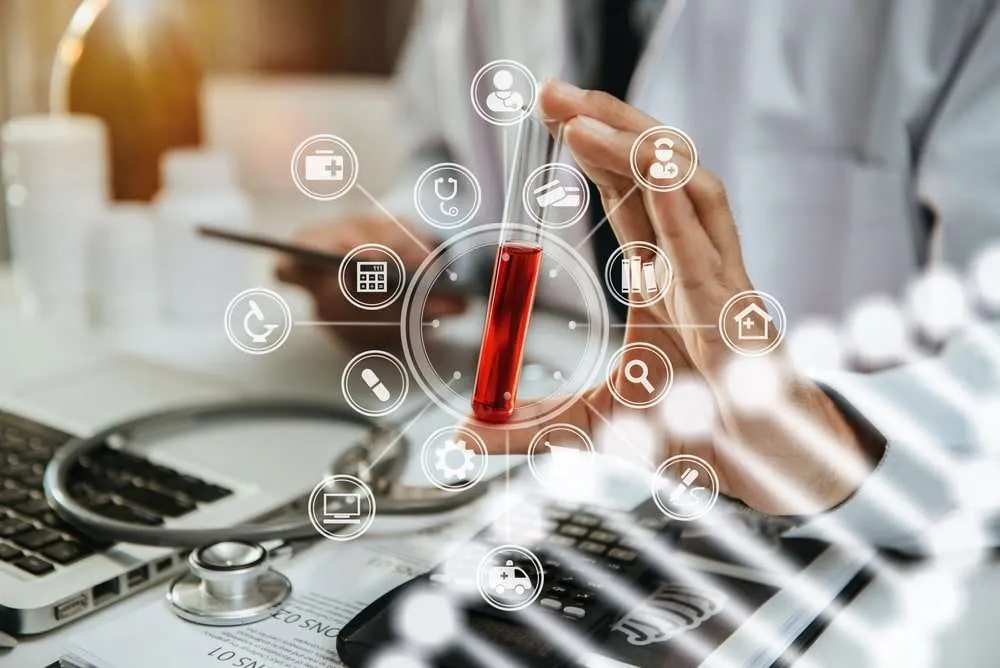In the fast-moving life sciences sector, innovation is only half the battle. Reaching diverse markets, meeting global regulations, and gaining patient trust require precise communication across languages and cultures. This is where life science localization solutions become mission-critical.
Whether you’re a pharmaceutical company, biotech startup, or medical device manufacturer, the right localization strategy can help you expand globally without risking compliance, clarity, or credibility. Let’s explore what life science leaders must know and do to get localization right.
1. Why Localization Is Crucial in Life Sciences
Localization is not simply translation, it’s making information suitable for varying cultural, regulatory, and linguistic environments. In life sciences, this translates into:
- You can accept clinical research documents from international supervisors.
- It’s not just translations and user instructions for medical devices for non-English speaking patients.
- Make sure the software included in your diagnostic devices is fully functional in the global market.
Real-world examples:
As Medtronic, a leading manufacturer of medical devices that has entered the Japanese market, they translated the manuals, but also translated localized user surface designs, metrics, and satisfactory Japanese regulations. This effort allowed users to gain trust and regulatory approval for the dataset.
2. Early development of localization roadmap
Localization must be planned from the start. It’s not a thought after that. Large companies include localization milestones in all their product introductory plans.
Life science leader tips:
Map markets: Determine where your product will be and what local regulations must be obeyed.
Audit content: Determine what is to be localized IFUs (instructions for use), regulatory documents, labeling, software, marketing materials, etc.
Set priorities: Not all documents require the same amount of localization. Labeling might require 100% precision, whereas internal training materials can get by with lighter adaptation.
Case in point:
Pfizer’s global vaccine rollouts included localization in over 30 languages. By integrating localization into their development workflow, they met strict regulatory timelines across regions.
3. Partner with the best translation service providers
In biological science, accuracy can save lives. For this reason, collaboration with the best translation service providers is not an option.
When evaluating your provider, consider the following:
Industry Specialization: Use medical, pharmaceutical and biotech content?
- Regulatory expertise: Do you know what the FDA, EMA and other institutions need from a linguistic perspective?
- QA Protocol: Do you offer translation, language verification and evaluation in your country?
- Tech-enabled solutions: Are they capable of managing software localization, multilingual desktop publishing, and terminology management?
Stat to remember:
Market leaders that work with professional localization vendors are 1.5x as likely to see revenue increases in new markets, based on CSA Research.
Roche Diagnostics employs specialized language service providers to localize their diagnostic software and patient information leaflets. This maintains regulatory compliance and correct user interaction in 100+ countries.
4. Prioritize Regulatory and Cultural Accuracy
Regulatory compliance is not up for debate in life sciences. But neither is cultural sensitivity.
A poorly localized patient information leaflet may lead to misreading a dosage or treatment regimen, causing patient harm and brand damage.
Avoid it:
- Employ certified medical translators: They familiarize themselves with medical terminology and local healthcare standards.
- In-country reviews: Native speakers in the target market review translations for tone and accuracy.
- Back translation for safety-critical documents: This ensures that the meaning remains intact after translation.
Real-world insight:
When Boston Scientific translated training documents for a new stent system into Latin America, in-country reviewers caught a translation that was technically accurate but possessed a culturally insensitive tone. Fixing this saved the company from damage to its reputation.
5. Leverage Technology—but Don’t Rely on It Alone
Translation memory systems, term bases, and content management systems ensure consistency across languages. But AI or machine translation is not sufficient for life science content that is sensitive.
Leverage technology to:
- Accelerate time-to-market by repeating approved translations.
- Ensure terminology consistency for product labels and documentation.
- Manage updates to multiple regions at once.
- But always combine it with human expertise.
- A good linguist will catch context mistakes, cultural incompatibilities, and nuanced regulatory problems that machines can’t.
Case study:
An American digital health startup applied machine translation to app localization. French users misinterpreted a symptom-tracking function because of clumsy wordings. Switching to a hybrid approach—technology combined with human editing—they recorded a 40% reduction in complaints from users.
6. Localize for the Full Product Lifecycle
Localization needn’t end at launch. Life science products tend to undergo:
- Regulatory updates and new guidance
- Further clinical trials
- Changes based on user feedback
Therefore, your localization strategy has to scale. This means overhauling all translated assets, alerting regional partners, and re-certifying content where necessary.
Tip: Select suppliers offering localization management platforms. These provide version control, centralized feedback, and quicker turnaround for updates.
Example reference:
Abbott Laboratories uses cloud-based localization software that is built into their regulatory system to provide consistency across over 1000 products for global markets.
7. Train Your Internal Teams on Localization
Your product, marketing, and regulatory teams are all engaged in global success. Train them to:
- Produce localization-friendly content (e.g., no idioms, metaphors)
- Understand when content needs to be localized vs. translated
- Deliver timely reviews and context to language teams
This minimizes delays and miscommunication, particularly in time-critical launches such as drug approvals or device recalls.
Pro tip: Develop localization style guides and glossaries upfront. They align internal and external teams and accelerate project delivery.
Conclusion
International success in life sciences does not result from innovation alone—it results from connection. And connection begins with communication that is precise, accessible, and local.
By taking the right investment in life science localization solutions and selecting the optimal translation service provider, companies can save on risks, gain regulatory approval, and establish trust that can last forever with global markets.
Your next move? Audit your existing localization strategy and join forces with a provider that appreciates the high stakes involved in life sciences.
